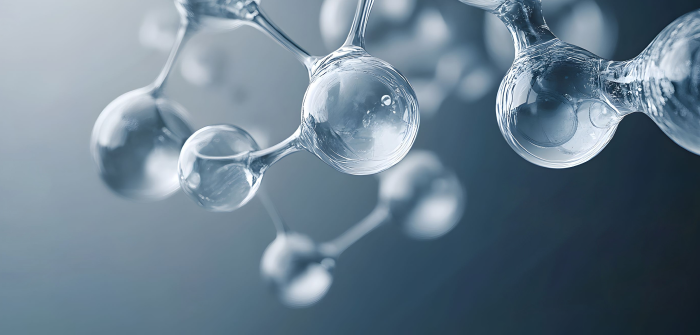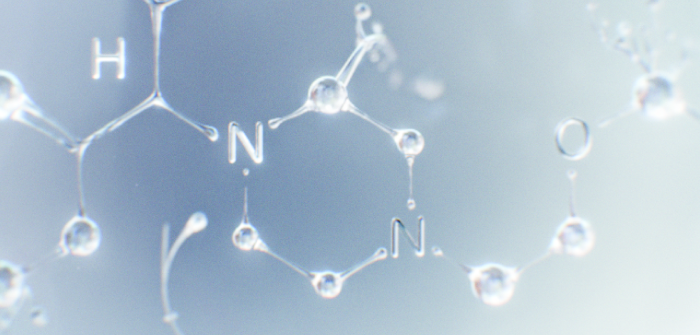Found 0 record that meets the criteria
How to Get the Best Polyacrylamide Price Per KG for Your Industry
Release time:2025-03-07
source:Shouxin
share:
Polyacrylamide (PAM) is widely used in industries such as water treatment, sludge dewatering, petroleum extraction, papermaking, and mineral processing due to its excellent flocculating, coagulating, and thickening properties. However, many customers are concerned with one question when purchasing: How much does polyacrylamide cost per kg?
In fact, the price of PAM doesn't have a fixed value. It is influenced by multiple factors, including the product type, molecular weight, ionicity, production cost, and market supply and demand. Therefore, understanding the factors that affect the price can help businesses make smarter purchasing decisions.
Product Type: Different Prices for Different Models
Polyacrylamide can be divided into anionic, cationic, nonionic, and amphoteric types based on its ion characteristics. Each type is suitable for different application scenarios, and the prices vary accordingly:
Anionic PAM (APAM): Mainly used for municipal sewage and industrial wastewater treatment, suitable for wastewater with larger suspended particles. Its price is relatively lower.
Cationic PAM (CPAM): Commonly used for sludge dewatering, papermaking, and food processing wastewater treatment. It has strong adsorption capabilities, and its price is relatively higher.
Nonionic PAM (NPAM): Suitable for weakly acidic or neutral wastewater. Due to its special production process, its price is generally higher than that of APAM.
Amphoteric PAM: Combines both cationic and anionic properties, suitable for special water treatment needs. The price is usually higher.
Molecular Weight and Ionicity: Affecting Treatment Performance and Price
Molecular Weight: PAM has a molecular weight range from several million to tens of millions. The higher the molecular weight, the stronger the flocculation effect, and the higher the price.
Ionicity: Especially in cationic PAM, the degree of ionicity (typically between 10% and 80%) significantly impacts the sludge dewatering effect. The higher the ionicity, the higher the price is likely to be.
Polyacrylamide Price: Quality Stability and Its Impact on Cost
The price of polyacrylamide flocculant, including the polyacrylamide price per kg, can vary depending on product quality. Market PAM quality can fluctuate significantly, with some products exhibiting large performance variances from batch to batch due to unstable production processes. This can result in higher long-term operational costs, even if the initial price appears low.
Therefore, selecting a reputable supplier like Shouxin Environmental, which collaborates with experts and universities to ensure quality stability, is crucial. Shouxin offers stable product quality and helps businesses choose from over 100 models to match their needs, ensuring that the polyacrylamide flocculant price is competitive while maintaining high performance.
Purchase Volume and Service Support: Affecting Total Procurement Cost
Bulk Purchasing vs. Small-Scale Purchasing: Bulk purchases typically offer more competitive prices, lowering the polyacrylamide price per kg.
Technical Support: A good supplier will not only provide products but also offer selection services, dosage guidance, and help optimize usage, improving overall cost-effectiveness and ensuring the best price for polyacrylamide flocculant.
In conclusion, the polyacrylamide price is influenced by a variety of factors such as the product type, molecular weight, ionicity, raw material costs, and the overall market demand. When purchasing, it is important to consider not just the price but also product stability, adaptability, and overall cost efficiency.




















